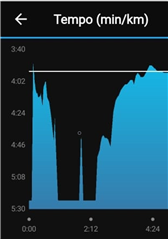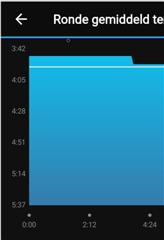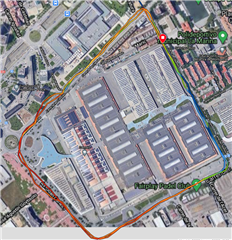So I did a 5K time trial and ran a steady pace of just below 4:00.
My Fenix 6X gave 3:47 for the first km.
When I look at the pace graph I see the following:

This is clearly wrong.
I never went below 4:30/km and this also doesn't add up to an average of 3:47 for that first km.
When I select the average pace/lap graph I see this:

Now this is correct.
I looked on the map as to where this dip happened.
There were no strange spikes to be seen, I also didn't make any sharp turns, it was just a straight part.
This must be a bug right? I have no other explanation for it.
I'm running:
Fenix 6X
Software: 13.10
GPS: 4.80
Sensor Hub: 8.00



